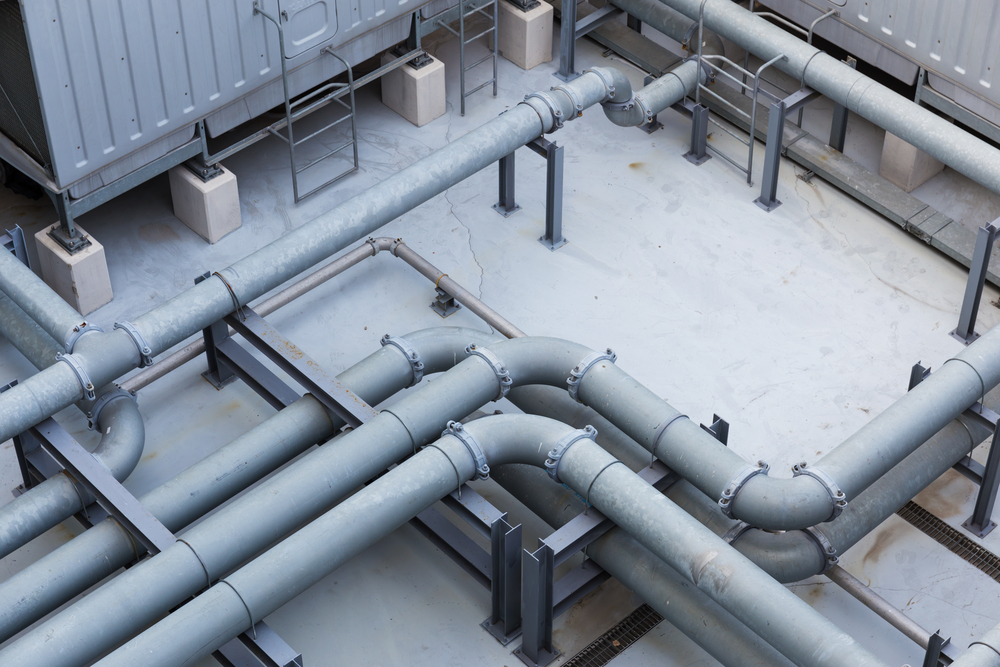
The following article on the importance of businesses checking their water pipes and fixtures prior to reopening, is republished below with permission from the American Water Works Association (AWWA). The original article appeared in the AWWA Connections newsletter on May 8, 2020. The original article can be found here. The Wessler Engineering team believes the information in this timely article is important to share as the economy continues to reopen.
Freshen up that water.
That’s the message the AWWA and its member utilities are sending to building managers and operators preparing to reopen office buildings, hotels, childcare facilities, residences and other buildings that were shut down for several weeks during the coronavirus pandemic.
With little or no water running through building water pipes and fixtures for an extended period of time, Legionella is more likely to proliferate. Stagnant water conditions can result in discolored water, lower chlorine levels and higher concentrations of lead and copper.
To address these concerns, AWWA encourages its members to raise awareness among their customers about guidance from the U.S. Centers for Disease Control and Prevention (CDC) on how to safely prepare water systems and end-use devices before reopening buildings or residences. The CDC offers additional resources, including the Toolkit: Developing a Water Management Program to Reduce Legionella Growth and Spread in Buildings.
Fresh water should be drawn into building water systems and stagnant water flushed out before they are reopened. It’s important to note, however, that each building’s water systems are unique. Building owners and operators should be aware of information provided by their state or local water system.
AWWA’s Public Affairs Council has collected examples of different ways utilities are elevating this issue to their commercial customers. Those examples are available on AWWA’s coronavirus resource page, where CDC and AWWA flushing guidance is also posted. There also is a recent post about this topic on the Drinktap.org blog.
“As our communities reopen businesses and other facilities, water service providers must continue to protect public health. We should make our customers aware of the possible water quality impacts from the weeks of sheltering in place,” said Mary Gugliuzza, chair of the Public Affairs Committee. “We’re providing these communication tools to help customers safely reoccupy their buildings.”
Tags

